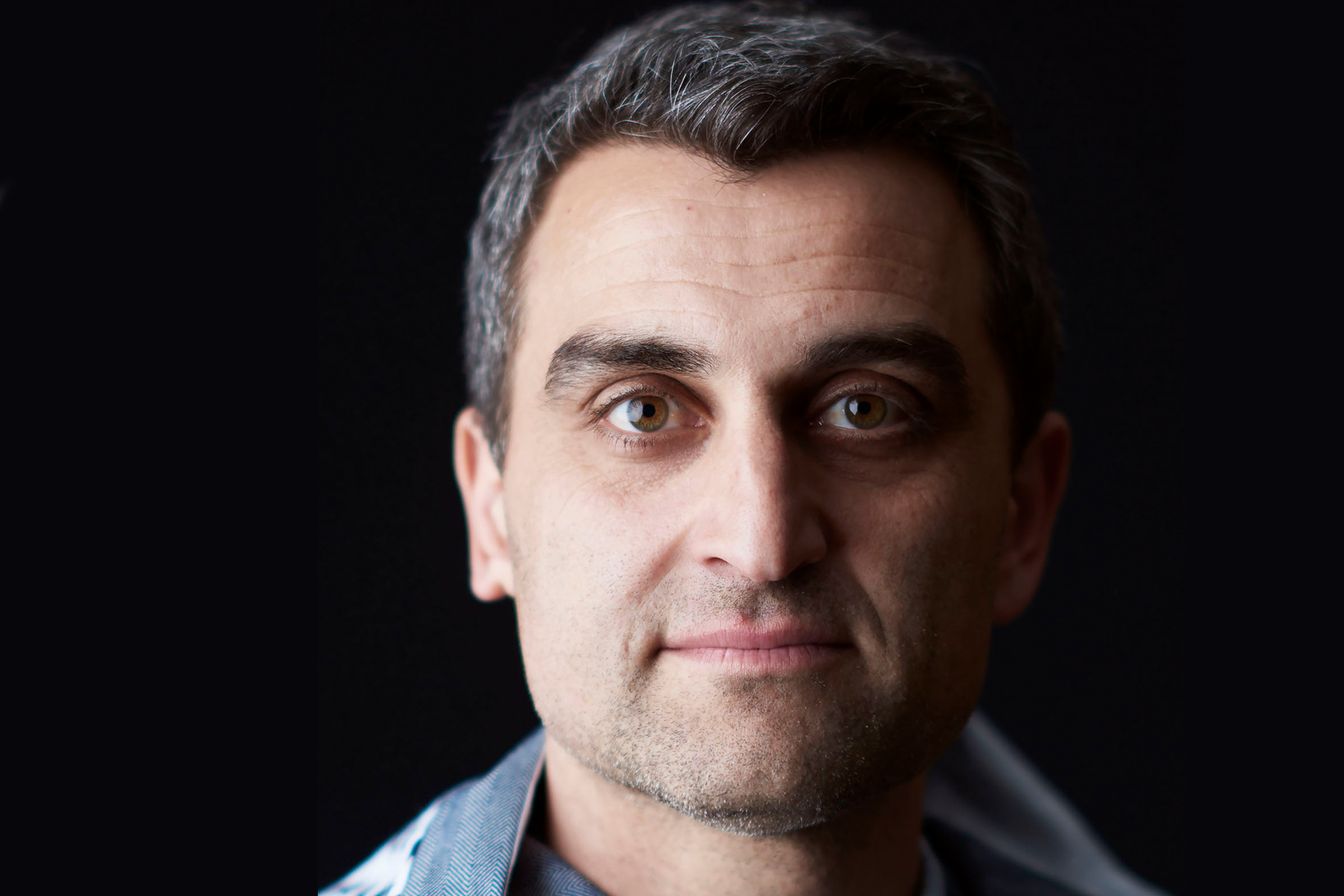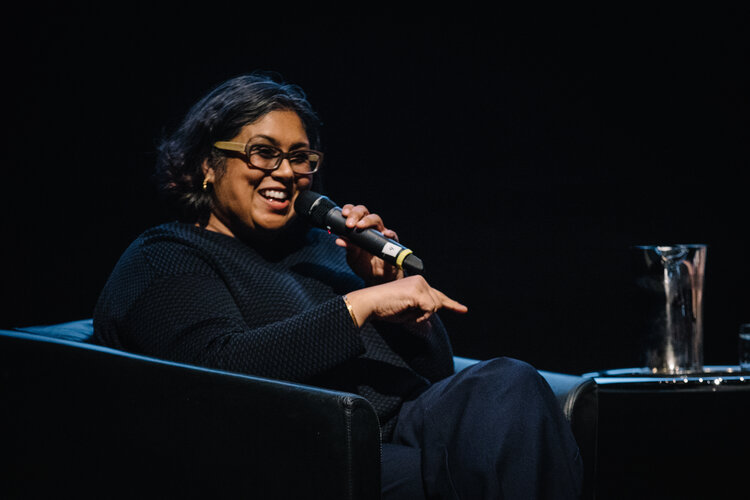The William Wilson Corcoran Visiting Professor of Community Engagement for this academic year will be Eric Gottesman, a co-founder of For Freedoms, an artist-led collective known for centering art as a catalyst for creative civic engagement and direct action.
Always working in collaboration with other artists, often in the mediums of photography, video and installations, Gottesman views art as inherently political. His collaborative projects have been presented widely and brought him various honors, including a Fulbright Fellowship in 2012 and a John Simon Guggenheim Fellowship in 2020.
This semester, his course, “For Freedoms,” will meet each Thursday night in the Flagg Building of the Corcoran School of the Arts and Design, housed in GW’s Columbian College of Arts and Sciences.
The William Wilson Corcoran Visiting Professor position is funded by a grant administered by the Trustees of the Corcoran Gallery of Art and is intended for individuals with publicly engaged art practice. The visiting professor connects with the D.C. community and enables the Corcoran to drive social change at the local level.
Lauren Onkey, director of the Corcoran and professor in the Music Program, praised Gottesman as both an artist and teacher, saying his work is perfectly aligned with the mission of the professorship.
“This professorship has been core for us in the last several years, helping us advance our mission to position the arts as community engagement, as civic engagement,” Onkey said. “Eric will have a big impact on our students, and we’re really excited that he was interested in this role at the Corcoran School.”
Gottesman’s presence on campus this year, Onkey added, will be “turbocharged” by the fact that For Freedoms, the group he co-founded, is beginning a three-year residency hosted by the Corcoran School and the National Gallery of Art. The group is noted for various campaigns, including its “50 State Initiative” for which more than 300 artists designed billboards to inspire conversation and political action, displayed in all 50 states plus Puerto Rico and the District of Columbia.
Having previously taught at GW as an adjunct professor in 2014, Gottesman said, he is excited to be back in Foggy Bottom.
“It means a lot to be setting up in the Flagg Building, with its history of using art to challenge political authority,” Gottesman said. “We are directly facing the White House, and so close to these national symbols of power. I think this is exactly where art should be.”
His Thursday night class will be a seminar/studio with an emphasis on social practice, Gottesman said. It will ask students to think about art and civic engagement by focusing on a question central to their own artistic practice.
“Art asks questions, and it helps try to answer them,” Gottesman said. “We're focusing on art as a form of questioning that can lead to civic engagement based on inquiry, based on curiosity, on learning about each other and connecting with each other. That’s really what I want to bring into the class.”

This installation is of a set of photographs made by Gottesman and Sudden Flowers, an art collective in Addis Ababa, Ethiopia. Installation, Jack Shainman Gallery, 2016. 77 toned silver gelatin prints from Polaroid negatives, 11 inches x 14 inches, mounted on dibond, sanded 1" wood shelving. (Contributed photo)
Reflecting Gottesman’s interest in collaboration, various artists will visit his class. One of these, photographer Jessica Ingram, will talk with students about her work with young ROTC participants in rural Tennessee.
“I’m trying to introduce students to various forms of social practice,” Gottesman said, “in the service of helping them figure out how their own practice can develop.”
Traditionally, Gottesman said, his way of teaching has been to develop a course around a set of texts that inform practice, technique and criticism. But this year he’s trying a different approach.
“I'm experimenting with thinking about our collective practice of art,” Gottesman said, “and I'm inviting the students into conversation.” He hopes to involve students in an existing campaign, he added, while still allowing that campaign to develop organically, according to its own timeline.
“The kind of world that I want to live in demands that people be critically engaged and creative members of society,” Gottesman said. “As a result, I believe that we need to allow for more questioning and less dogma, more nuance and more ways of engaging so that we can have real conversations that may not align with the current political options that we have.”
As a young college graduate, Gottesman said, he had planned to channel his energies into practicing law. He went to work at the United States Supreme Court as an intern in the office of Chief Justice William H. Rehnquist, but soon realized he was better suited to more social pursuits.
“I went to the court every day with a suit and tie and watched a lot of court cases,” Gottesman said. “It was fascinating intellectually, but I realized that I needed more access to other people. I needed to learn about the world through their eyes, and that led me to a photographic fellowship in Ethiopia for a year. I knew nothing about photography and nothing about Ethiopia, but the act of taking a picture of somebody, which is inherently a political act, led me to exploring what an artistic perspective could unlock that other forms of practice could not.”
The first weekend in October will be packed with events launching the For Freedoms residency, both at the National Gallery of Art and at the Corcoran.





